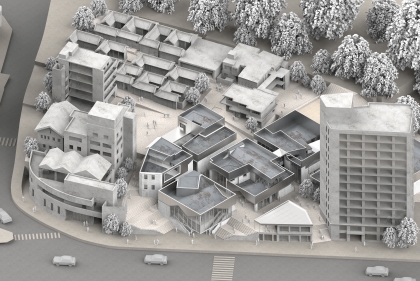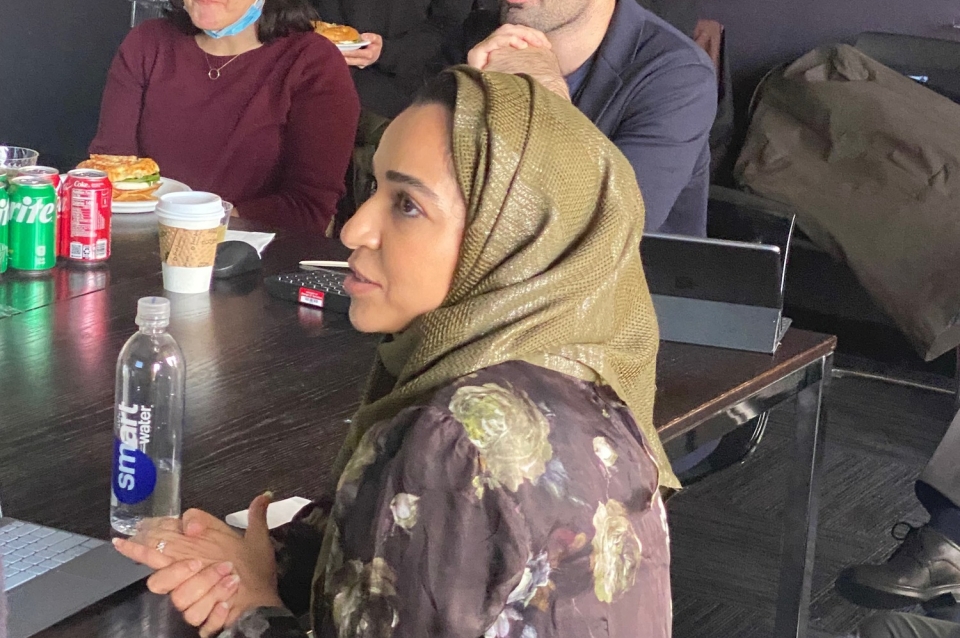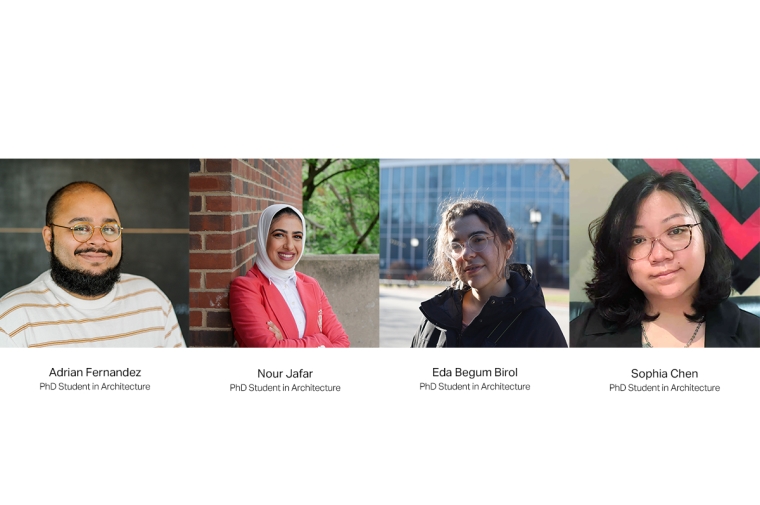January 6, 2024
Stuart Weitzman School of Design
102 Meyerson Hall
210 South 34th Street
Philadelphia, PA 19104
Get the latest Weitzman news in your Inbox
Areas
Tags
UNLOCKING CLIMATE SYNERGY: EXPLORING HIJAZI TRADITIONAL ARCHITECTURE’S INTEGRATION OF STRUCTURES, THERMAL BEHAVIORS, AND CLIMATE DYNAMICS
Committee Members: William Braham, Dorit Aviv, Jihun Kim and Michael C Henry
In response to the challenges posed by Jeddah’s harsh hot-humid climate, this study delves into the realm of traditional architecture. Its primary aim is to unravel the strategies historically employed by occupants to achieve thermal comfort in the absence of modern air conditioning systems. Specifically, this dissertation concentrates on investigating the thermal performance and environmental adaptability of Hijazi traditional architecture. The well-preserved Baeshan House, nestled in Jeddah’s historic town, serves as the principal case study, providing a unique vantage point to explore the intricate interplay between local climate, architectural form, and occupants’ living patterns. Employing a mixed-method approach, this study seamlessly combines qualitative ethnographic methods with quantitative on-site monitoring to unveil the subtleties of these interactions. Key informant interviews furnish invaluable insights into adaptive thermal behaviors and how occupants harnessed the potential of the Hijazi traditional building. Simultaneously, on-field measurements are recorded and analyzed across two distinct seasons to assess the efficacy of climate-responsiveness inherently embedded within Hijazi architecture. Significantly, two ventilation strategies—full-day and night-time—are tested, showcasing their impact on indoor temperature regulation. The findings emphasize Hijazi architecture’s inherent thermal mass properties and Al-Mangabi stone, highlighting its remarkable resilience against outdoor temperature fluctuations. Notably, the night-time ventilation strategy is crucial in reducing outside heat and maintaining a cool indoor environment. These empirical findings, presented through a comparative lens with quantified distinctions, feature the efficacy of natural conditioning strategies in preserving thermal comfort within Hijazi traditional architecture. This study not only discerns past occupants’ adaptive behaviors but also charts a course for a holistic approach to modern thermal comfort, illuminating the profound correlation between architectural forms, climate, and occupants’ behaviors in buildings and offering a sustainable blueprint for modern architecture.


 View Slideshow
View Slideshow



